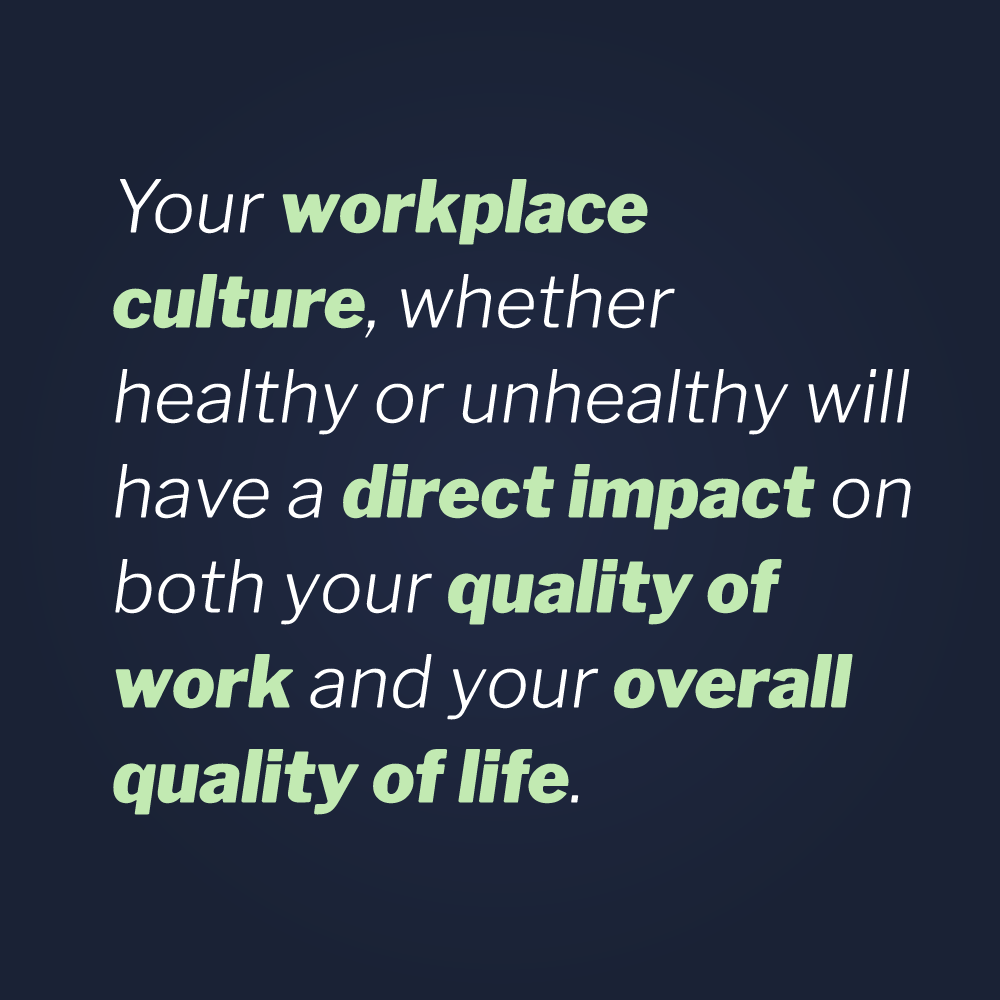In a recent career advice article titled, “Psychological Safety Is Critical for Mental Well-Being at Work—Here’s How To Tell If Your Workplace Is Helping or Hurting Yours,” author Akilah Cadet calls it like it is, “When people aren't worried about the repercussions of saying the “wrong thing” in the workplace, there's room for creativity and innovation. Without the fear of being punished or humiliated - employees have the freedom to speak up, collaborate, and thrive, which in my opinion is a pinnacle indicator of psychological safety in the workplace.
The need to feel psychologically safe at work isn’t new. However, with millions of Americans leaving their jobs each year as a result of workplace toxicity, it is time to push this essential need to the forefront of any conversation related to workplace retention.
Too often I hear organizational leaders, managers, and employees tell me they are overworked and short staffed. Too often I hear human resources personnel murmuring about their need to reduce turnover without focusing on what can be done to improve retention, yet those two goals are inseparable.
And while this may be an unpopular opinion, I don’t actually believe that your attrition rate is the problem. Nope.
You have an attrition problem.
Caused by a retention problem.
Which is likely the result of a leadership problem.
You have to see this.
Organizational culture is largely driven by organizational leadership, and not just as a result of the policies and procedures they create, implement, and enforce, but more so by their ethical leadership presence. By living, breathing, and modeling the behaviors they expect, by creating a supportive atmosphere rather than a defensive one, and by raising expectations of both acceptable behavior and inclusivity.
The bottom line is that organizational culture drives behavior, and behavior drives outcomes. Your workplace culture, whether healthy or unhealthy will have a direct impact on both your quality of work and your overall quality of life.
Plenty of research supports that a healthy organizational culture is one that monitors for and prevents psychosocial hazards in the workplace, and works to end lateral violence.
A healthy organizational culture is one that promotes inclusivity and diversity in new and innovative ways. It is one that encourages open communication, collaboration, and shared social responsibility. And that - that is the recipe for creating an emotionally, physically, and psychologically safe workplace.









